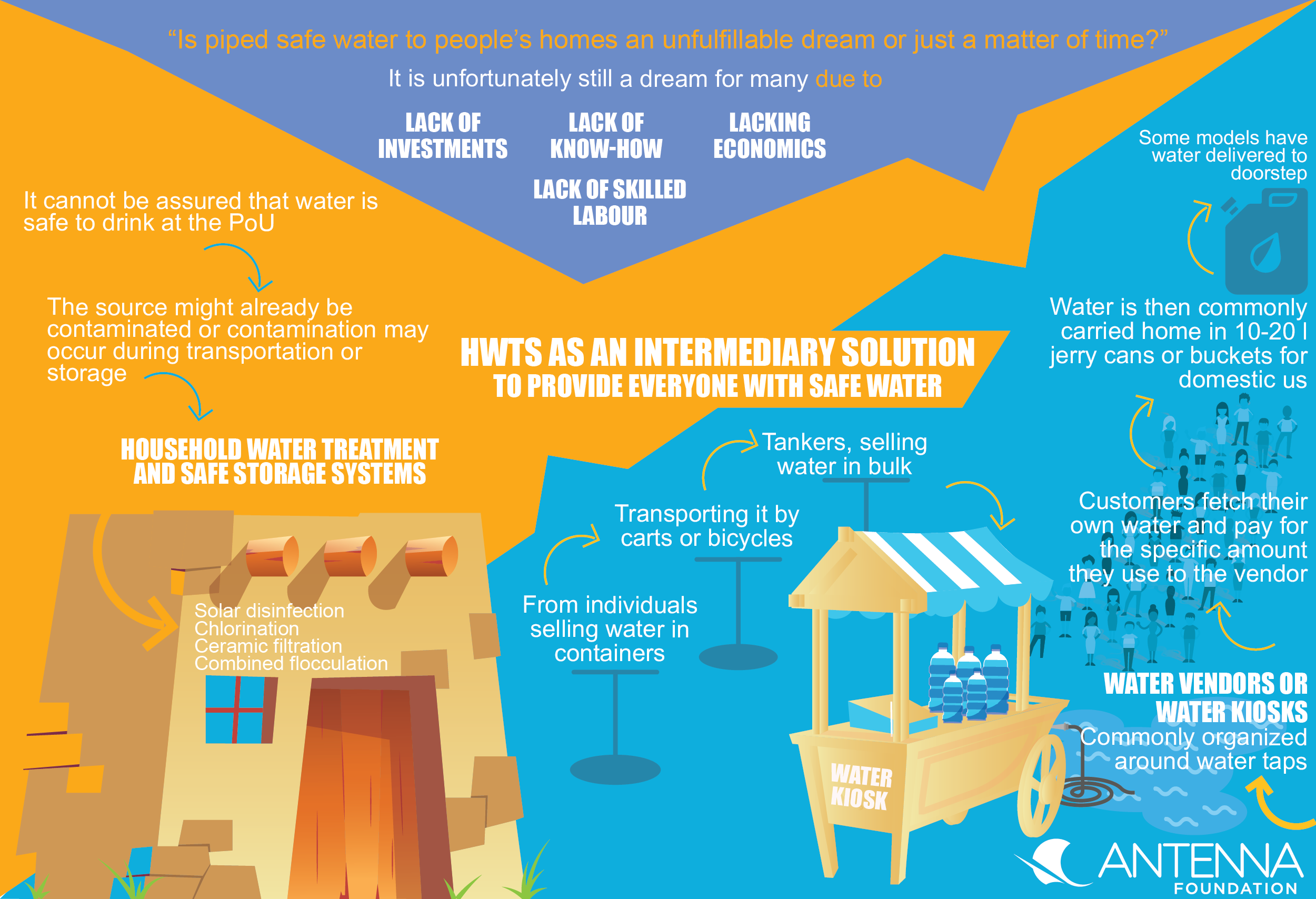Containerised potable water treatment technologies.
Drinking water treatment technologies ppt.
Drinking water treatment technology unit cost models.
The largest wastewater treatment uv.
Packaged water treatment system market worth 21 83 billion usd by 2021 the report packaged water treatment system market by technology type extended aeration mbr mbbr sbr reverse osmosis application municipal wastewater industrial wastewater and drinking water and region global forecast to 2021 the global packaged water treatment system market was valued at usd 12 07 billion.
This course will focus on understanding how these technologies work and when to apply them.
Drinking water treatment for nitrate acknowledgments this document is largely based on the report titled an assessment of the state of nitrate treatment alternatives 2011 prepared for the american water works association awwa through collaboration with chad seidel ph d p e.
The most widely applied water treatment technology a combination of some or all of coagulation flocculation and sedimentation plus filtration has been used routinely for water treatment since the early part of the twentieth century.
Manufactured using standard veolia coagulation flocculation lamella clarification sand filtration and disinfection technologies the.
There are many different types of water purifiers available in market.
Our potable water treatment plants pwtp can supply up to 100 m 3 potable water per hour.
Of jacobs engineering group inc 3.
Veolia water technologies supplies packaged drinking water plants as part of our water techno packages range.
In particular community members should be made aware of the behavioural and or cultural changes needed to.
A community should be consulted when choosing a water treatment system and should be made aware of the costs associated with the technology.
Need a minimum of 20 50 litres of water a day for drinking cooking laundry and per sonal hygiene.
It is useful for removal of contaminants including nitrate and perchlorate.
Here are the common water purification methods.
Biological treatment of drinking water uses indigenous bacteria to remove contaminants.
Drinking water technologies are rapidly changing to meet a variety of regulatory requirements emerging contaminants and customer demands.
Reverse osmosis and nanofiltration ro and nf.
In fact uv disinfection technology in drinking water treatment is currently only promoted for small scale groundwater systems.
However the process can certainly be scaled up to large scale applications since it is currently applied at large scale wastewater treatment plants for final effluent disinfection.
Water purifiers range from simple water filters to advanced purifiers using membrane technology for water filtration followed by disinfection with uv lamp filters.
Knowing the breadth and depth of drinking water technologies is important for anyone involved in drinking water.

